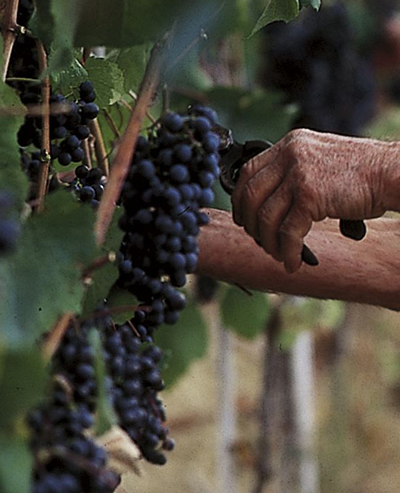HISTORY
Piceno and Wine, An Ancient Bond
The substantial production of wine, and its quality, have been recorded by Polybius, a famous Greek historian from the 2nd century BC.
He recalled the destructive raids of Hannibal, the Carthaginian general, in Italy during the Second Punic War.
After his troops crossed the territory of the Umbrians and arrived in Piceno he encamped by the sea and found himself in the middle of the Adriatic area with the land “fertile of all the products of the earth”.
“Annibale, spostato di poco l’accampamento, si tratteneva nella regione adriatica e lavando i cavalli con vino vecchio, per la quantità che ne aveva, curò la scabbia e il loro malessere: ugualmente fece per i soldati; guarì completamente i feriti, gli altri rese vigorosi e pronti alle future necessità”.
(Polibio di Megalopoli, “Storie”, edizione a cura di Giovanni Battista Cardona, Edizioni Scientifiche Italiane, 1968, pag. 302).
Also in the Roman period, Pliny the Elder, the naturalist and philosopher, in his encyclopaedical Naturalis Historia praises the quality of the Piceno grapes and with great respect he uses the adjective “generous” to speak to the quantity and quality of production.
A fundamental figure for Italian oenology within the Marche is Andrea Bacci, the physician of Pope Sixtus V, who was also from this region. In 1596, Bacci published De naturale vinorum historia, de vinis Italiae and de conviviis antiquorum Libri VIII.
In the chapter “In Picenis”, Bacci traces a profile of the “very powerful” wines of Piceno, illustrating all the production of the Region with attention to the close links between wine, traditions and local culture that will become the origin of modern enology.

The Piceno and the Marche
The identification between the culture of the ancient Piceni and today’s Marche region is highlighted by the current Coat of Arms of the Marche region which highlights the symbol of a woodpecker.
According to the ancient historiographic tradition of Roman origin, the woodpecker protected the ritual migration of young people from the Sabina area towards the territory of today’s Ascoli Piceno and still ‘protects’ the citizens today.
The Piceni, the Ancient People of Italy
The ancient pre-Roman people of the Piceni (or Picenti), of Sabellic lineage, have continued to fascinate generations of historians, archaeologists and anthropologists.
Scholars continue to question the geographical limits of the area occupied by the Picenes, in particular the southern region.
According to Latin and Greek sources the area occupied by the Piceni extended from the river Foglia, near Pesaro, to the north center of today’s Abruzzo, with the Apennine chain as its western border.
Current archaeological finds contradict these ancient sources and it is now agreed that the Piceni population has represented the most important and largest settled population in the territory of today’s Marche since the first millennium BC.
